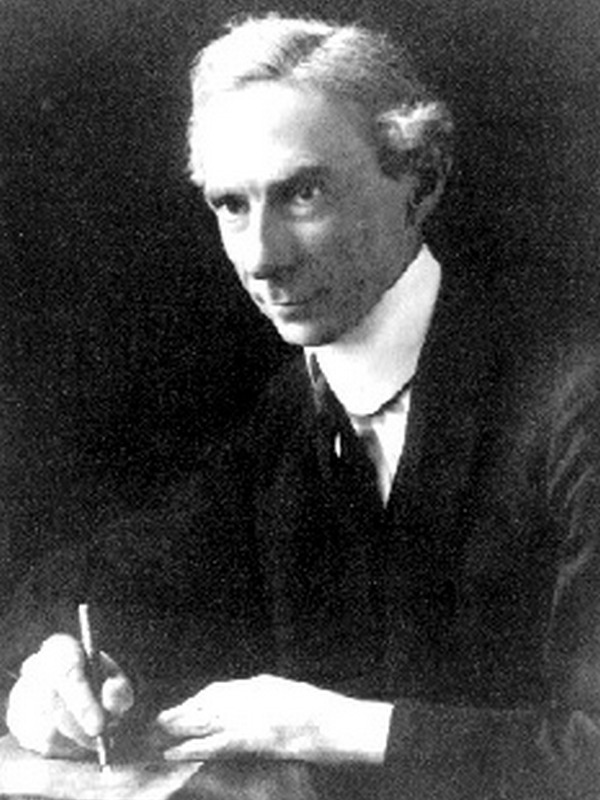

(Famously, Gödel informed the judge at his U.S. One syllabus text promised “Gödel Without (Too Many) Tears,” while supplementary reading unpacked his work “in Words of One Syllable.” According to “Gödel’s Theorem: An Incomplete Guide to Its Use and Abuse,” the chameleon interpretations emerge in discussions of math, philosophy, computer science, and artificial intelligence, as one might expect, but also in ruminations on physics, evolution, religion, atheism, poetry, hip-hop, dating, politics, and even the Constitution. This month, a group of latter-day Gödelians convened on Thursday nights for a crash course in incompleteness, on the roster at the Brooklyn Institute for Social Research. So although Gödel published his results eighty-five years ago, the theorem endures in the popular imagination. Of course, it has a proper and technically precise formulation, but the late logician Verena Huber-Dyson paraphrased it for me as follows: “There is more to truth than can be caught by proof.” Or, as the British novelist Zia Haider Rahman put it in his award-winning début, “In the Light of What We Know,” “Within any given system, there are claims which are true but which cannot be proven to be true.” Promulgated in Vienna in the early nineteen-thirties, the notion of incompleteness threw mathematics into a hall of mirrors, where it reflected upon itself to alluring, if disorienting, effect: the theorem proved, using mathematics, that mathematics could not prove all of mathematics. Gödel’s masterpiece was his incompleteness theorem, which ranks in scientific folklore with Einstein’s relativity and Heisenberg’s uncertainty. Such was the nature of his contribution-only a handful of theorems, but all of them monumental and fantastical. (She’d also taken the liberty of enclosing a snapshot of herself.) Ultimately, Gödel came to be compared not only to his friend Albert Einstein but also to Franz Kafka. He received fan mail from all over the world, archiving it into files of “autograph requests,” “inquiries from students and amateurs,” “letters of appreciation,” and “crank correspondence.” A self-described “dunce fool of Mathematics” in West Bengal wrote seeking Gödel’s “Guruship,” and a svelte math teacher in California confessed that she’d taken the liberty of enlarging a photo of Gödel to make a poster for her classroom. Why by his parents, Gödel was known to a subset of his constituents as, simply, God. One went to the Austrian-born mathematician and logician Kurt Gödel. Ford’s picks for the National Medal of Science. In June of 1975, the Office of the White House Press Secretary announced President Gerald R. PHOTOGRAPH BY ALFRED EISENSTAEDT / THE LIFE PICTURE COLLECTION / GETTY The mathematician Kurt Gödel’s incompleteness theorem ranks in scientific folklore with Einstein’s relativity and Heisenberg’s uncertainty.


 0 kommentar(er)
0 kommentar(er)
